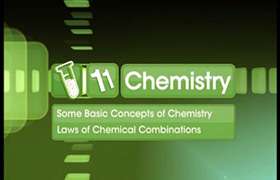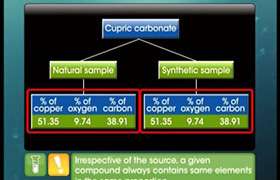CBSE Class 11-science Answered
When chemicals interact with one another, chemical reactions occur, resulting in the change of the original substances into new compounds with distinct chemical properties. These reactions can be understood and explained using many chemistry theories and models, but the underlying principles are based on atom and molecule behaviour.
The following are the major factors that influence chemical reactions:
1. Collision Theory: In order for a chemical reaction to take place, reactant molecules must clash with one another. Because collisions must occur with adequate energy and orientation, not all collisions result in responses.
2. Activation Energy: To overcome an energy barrier known as the activation energy, most chemical processes require an initial input of energy. Once this barrier is overcome, the reaction can continue.
3. Chemical Bonds: To make the products, chemical reactions entail breaking existing chemical bonds in the reactant molecules and generating new bonds. Breaking bonds consumes energy, but forming new bonds releases energy.
4. Conservation of Mass: According to the law of conservation of mass, the total mass of substances prior to a chemical reaction equals the total mass of substances after the reaction. This principle is critical when it comes to balancing chemical equations.
5. Reaction Mechanisms: Chemical reactions frequently take place in a sequence of steps known as a reaction mechanism. Chemical bonds are broken and formed in each phase. Complex reaction processes with several intermediate products can exist.
6. Catalysts: Catalysts are chemicals that increase the rate of a chemical process by decreasing the activation energy necessary for the reaction to occur. The catalysts are not consumed in the reaction.
7. Reaction Rates: Temperature, reactant concentration, reactant surface area (in the case of solids), and the presence of catalysts all influence the rate of a chemical reaction.
8. Equilibrium: In some reactions, the forward and reverse reactions occur concurrently, resulting in a state known as chemical equilibrium. The concentrations of reactants and products remain constant at equilibrium, but the reactions continue in both directions.
9. Reaction categories: Chemical reactions are classed into several categories, such as synthesis, breakdown, combustion, displacement, redox (oxidation-reduction), and acid-base reactions. The nature of the reactants and the changes that occur throughout the reaction are the basis for these classifications.
Chemical reactions, in summary, entail the breaking and formation of chemical bonds between atoms and molecules. The specific conditions and parameters that govern the rate and direction of a reaction are determined by the type of the reactants and the mechanism of the reaction. Understanding these concepts is essential in the area of chemistry since it helps scientists to predict and control chemical processes for a variety of practical purposes.





